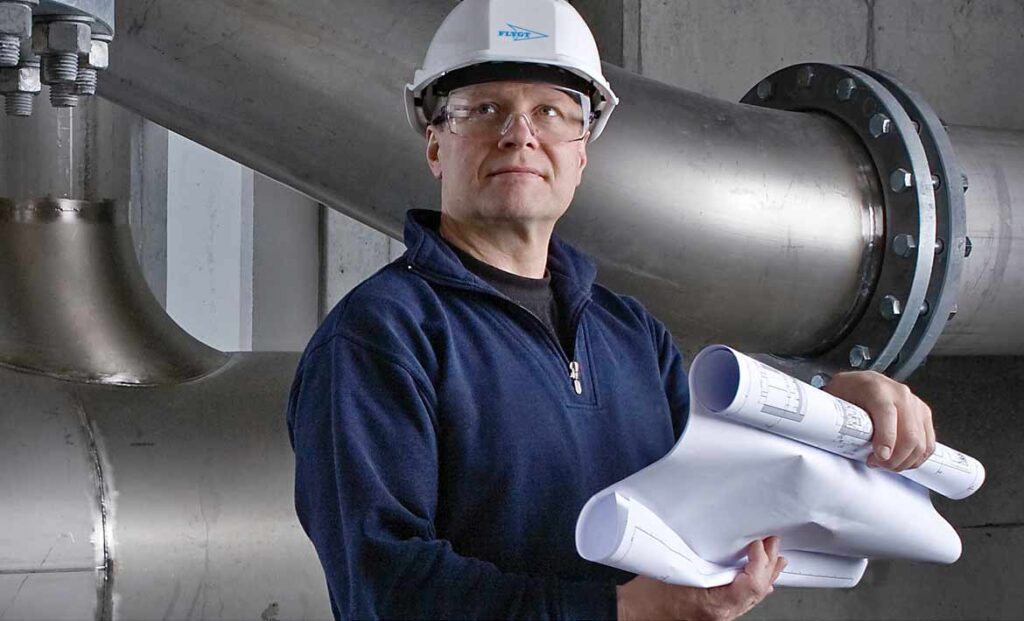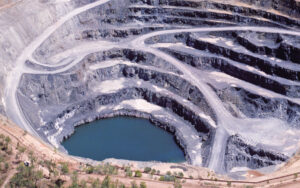Everything you need to know about the hydrographic survey

Hydrographic surveying Queensland is the survey of the physical features underwater. It is a science and involves measuring all factors underneath the water that affect different marine activities such as marine construction, dredging, and offshore drilling. It is mainly conducted under the authority concerns and is mainly carried out by means of sounding, sensors, or electronic sensor systems for shallow water. The data obtained from surveying is required to bring up nautical charts. These charts involve improved channels, available depths, breakwaters, and aids of navigation of harbour facilities and piers.
The surveys take part in the necessary collection of data related to the development and construction of port facilities. This helps in finding the loss in capacity due to a lot of uncertainties.
Applications
Hydrography can be applied in different industries such as irrigation, harbour and dock engineering, river works, water power, land reclamation, sewage disposal and food control.
Uses
Hydrography can be used to determine the depth of the bed, and shorelines, preparation of navigation charts, measuring direct currents, locating the mean sea level, tide measurement, silting, and scouring irregularities of the seabed can also be identified. Hydrography can also be used to measure tides and Measure River and stream discharge.
Preliminary steps in hydrography
Hydrography starts by locating special control points on the shoreline. Sounding is used to determine the depth of various points along the shoreline by means of stationary boats. The location of the sounding can be either made from the stationary boat to control the points or fixing a point in the stationary boat and sounding from the control point. A hydrographic survey or must make certain preliminary steps before this procedure and these steps include reconnaissance, locating horizontal control and locating vertical control.
Reconnaissance
Every project requires a startup plan to be done effectively and economically and this step has to be undergone. A reconnaissance of the whole survey area should be done to choose the best way to do the survey. This facilitates satisfactory completion of the hydrographic survey in accordance with the specifications and requirements governing such work. Also, aerial photographs are taken to help this study.
Location of the horizontal control
It is crucial to locate the horizontal control to help locate the features of marine and land in true relative positions. A series of lines whose azimuths and lengths are determined by the means of triangulation or other methods. A plane table survey and tachometric can be done to undergo rough work. No rules are followed to establish horizontal control as vegetation, topography, size and type of topography affect the rules. However, rules can be kept for the type of control in use.
Locating vertical control
Before establishing sounding during hydrographic surveying Queensland, vertical control is essential. Numerous benchmarks are in place to serve as vertical control. Checking and setting the levels of the gauges are uses of benchmarks. Sounding helps to determine the depth below the surface of the water. The step before sounding is determining the mean sea level and if the reduced sea level of any point of the water body is determined by finding the difference between founding and mean sea level then it is analogous to levelling.




